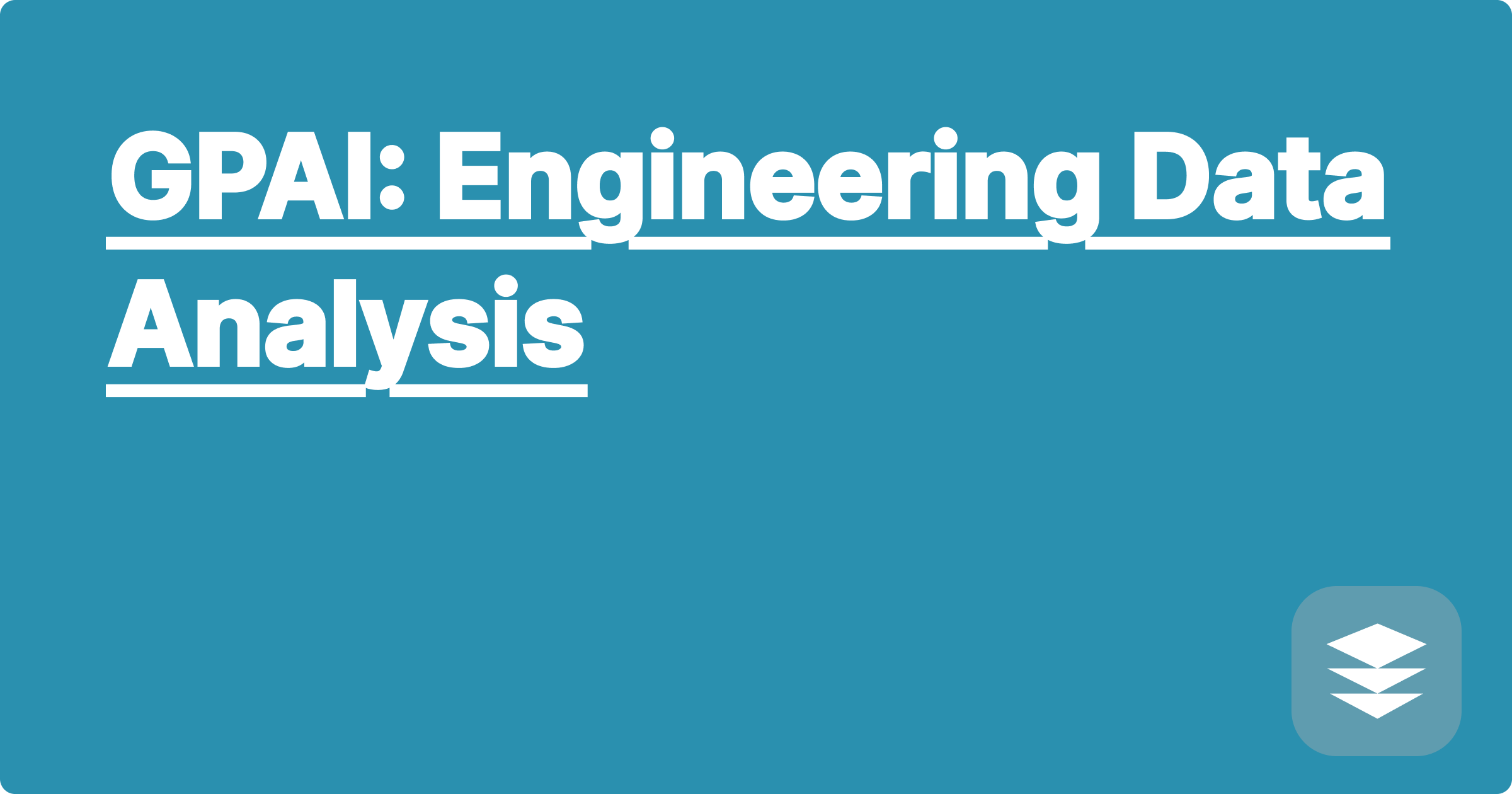
The ever-increasing complexity and volume of data generated in STEM fields present a significant challenge for students and researchers. Analyzing massive datasets efficiently and extracting meaningful insights can be a daunting task, often requiring specialized programming skills and extensive computational resources. Artificial intelligence offers a transformative approach to tackling this data deluge, providing powerful tools to automate analysis, identify patterns, and accelerate scientific discovery. AI can empower STEM professionals to focus on higher-level thinking and innovation by automating tedious data processing tasks.
This challenge resonates particularly strongly with engineering students who often grapple with analyzing vast experimental datasets. Mastering AI-driven data analysis techniques is no longer a luxury but a necessity for success in modern engineering. Understanding how to leverage these tools can significantly enhance research productivity, improve the accuracy of results, and ultimately lead to more impactful contributions to the field. This knowledge empowers students to tackle complex research questions and contribute meaningfully to cutting-edge projects.
Engineering disciplines rely heavily on experimental data to validate theories, optimize designs, and develop new technologies. Experiments in areas like fluid dynamics, material science, and control systems can generate terabytes of data, encompassing sensor readings, simulations, and imaging results. Traditional data analysis methods often involve manual processing, scripting in languages like Python or MATLAB, and statistical analysis using software packages like SPSS or R. This process can be time-consuming, error-prone, and may require specialized expertise in data manipulation and statistical modeling. Furthermore, the sheer volume of data can overwhelm traditional methods, making it difficult to identify subtle patterns or extract meaningful insights. The complexity of modern engineering problems demands more efficient and sophisticated data analysis techniques.
AI tools like ChatGPT, Claude, and Wolfram Alpha offer a powerful alternative to traditional data analysis methods. These tools can automate many of the tedious tasks involved in data preprocessing, cleaning, and analysis. ChatGPT and Claude, for example, can be used to generate code snippets in Python or R for specific data manipulation tasks, effectively acting as intelligent programming assistants. They can also help interpret statistical results and generate reports summarizing key findings. Wolfram Alpha, with its extensive knowledge base and computational capabilities, excels at performing complex calculations, symbolic manipulations, and data visualization. It can also be used to explore mathematical models and test hypotheses directly from natural language queries. Integrating these AI tools into the data analysis workflow can significantly improve efficiency and reduce the risk of errors.
Begin by clearly defining the research question and identifying the relevant datasets. This crucial initial step sets the foundation for the entire analysis process. Next, preprocess the data, ensuring it is in a suitable format for analysis. This might involve cleaning noisy data, handling missing values, and transforming variables. AI tools like ChatGPT can assist in generating code for these tasks. Then, explore the data using descriptive statistics and visualizations. Wolfram Alpha can be particularly useful for generating interactive plots and exploring different visualization options. After exploring the data, formulate hypotheses based on initial observations and domain knowledge. Use AI tools to perform statistical tests or build predictive models to test these hypotheses. ChatGPT or Claude can assist in generating code for implementing various machine learning algorithms. Finally, interpret the results and draw conclusions based on the statistical analysis and model predictions. AI tools can help summarize findings and generate reports.
Consider an engineering student analyzing data from a wind tunnel experiment. The dataset might include measurements of air velocity, pressure, and temperature at various points around an airfoil. The student could use Wolfram Alpha to quickly calculate lift and drag coefficients using formulas like Lift = 0.5 rho V^2 S Cl, where rho is air density, V is velocity, S is wing area, and Cl is the lift coefficient. They could then use ChatGPT to generate Python code for visualizing the pressure distribution around the airfoil, revealing areas of high and low pressure. Another example could involve a researcher studying the performance of a new material under different stress conditions. They could use AI tools to build a predictive model relating stress, strain, and temperature, enabling them to predict the material's behavior under novel conditions.
Effectively integrating AI tools into academic work requires a strategic approach. Start by developing a strong foundation in fundamental engineering principles and data analysis techniques. AI tools should be viewed as augmenting, not replacing, core knowledge. Experiment with different AI tools and identify those that best suit your specific needs and research questions. Practice formulating clear and concise prompts to get the most accurate and relevant results from AI assistants. Critically evaluate the output generated by AI tools, ensuring it aligns with your understanding of the problem and domain expertise. Document your AI-assisted workflow meticulously, including the prompts used, the tools employed, and the rationale behind your choices. This enhances reproducibility and transparency in your research.
To effectively leverage AI in your STEM journey, embrace continuous learning. Stay updated on the latest advancements in AI and explore new tools and techniques. Develop strong problem-solving skills and cultivate a critical mindset. Collaborate with peers and mentors to share best practices and learn from each other's experiences. By combining domain expertise with the power of AI, you can unlock new possibilities in your research and contribute meaningfully to the advancement of STEM fields. Remember, the journey of learning and discovery is ongoing, and embracing AI is a key step in navigating the complexities of modern STEM research.
GPAI: Solve Physics HW Faster!
GPAI: Engineering Data Analysis